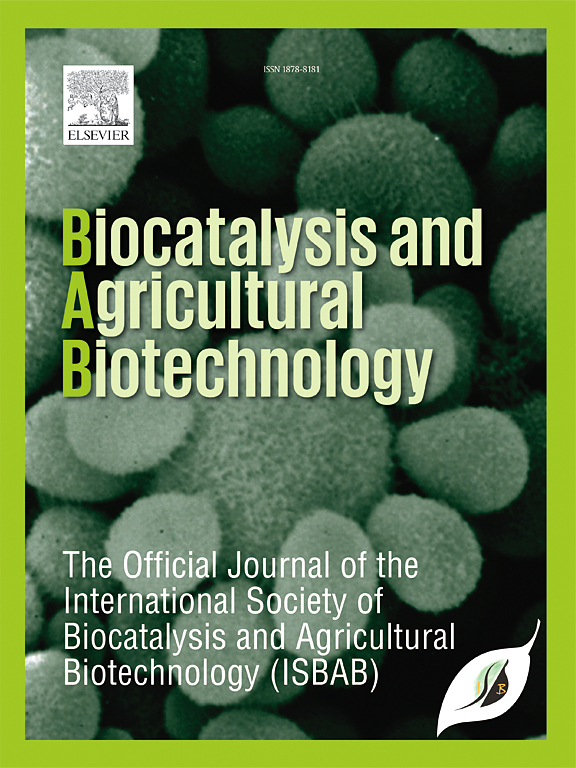Anticancer potential of Ampelopsis cantoniensis extract: Inducing apoptosis, cell cycle arrest, and targeting cancer stem cells in HepG2 liver cancer cells
IF 3.4
Q2 BIOTECHNOLOGY & APPLIED MICROBIOLOGY
引用次数: 0
Abstract
Ampelopsis cantoniensis (A. cantoniensis), has a long history of use in traditional medicine in various countries. Despite their extensive use, little is known about their potential anticancer properties. This study aimed to investigate the potential anticancer effects of A. cantoniensis extract (ACE). The inhibitory effect ACE on HepG2 liver cancer cells was assessed through a MTT assay, and the cell cycle and apoptosis were analyzed using flow cytometry. Real-time PCR, immunofluorescence analysis, LC-QToF-MS analysis, and molecular docking were conducted to further characterize its mechanisms of action. ACE inhibited the growth of HepG2 cells, with an IC50 value of 64.2 μg/mL, and also induced apoptosis in liver cancer cells. In addition, ACE induced cell cycle arrest at the G0/G1 phase and significantly altered the expression of several key cell cycle regulatory genes. Importantly, ACE downregulated the characteristics of liver cancer stem cells, including decreased expression of the cancer stem cell marker CD44 and reduced ability to form 3D tumorspheres. Immunofluorescence staining results indicated that ACE suppressed the expression of PCNA, TLR-5, and TLR9 markers while enhancing CAV-1 expression. Furthermore, ACE induced excessive ROS production in cells. A total of 107 different compounds were predicted by high-resolution (LC-QToF-MS) spectral analysis, among which Quercetin-3,7-di-O-beta-D-glucoside and Quercetin-3-arabinoglucoside were predicted to potentially bind to the target proteins of cancer stem cells. ACE is a potential herbal remedy for combating liver cancer.
求助全文
约1分钟内获得全文
求助全文
来源期刊

Biocatalysis and agricultural biotechnology
Agricultural and Biological Sciences-Agronomy and Crop Science
CiteScore
7.70
自引率
2.50%
发文量
308
审稿时长
48 days
期刊介绍:
Biocatalysis and Agricultural Biotechnology is the official journal of the International Society of Biocatalysis and Agricultural Biotechnology (ISBAB). The journal publishes high quality articles especially in the science and technology of biocatalysis, bioprocesses, agricultural biotechnology, biomedical biotechnology, and, if appropriate, from other related areas of biotechnology. The journal will publish peer-reviewed basic and applied research papers, authoritative reviews, and feature articles. The scope of the journal encompasses the research, industrial, and commercial aspects of biotechnology, including the areas of: biocatalysis; bioprocesses; food and agriculture; genetic engineering; molecular biology; healthcare and pharmaceuticals; biofuels; genomics; nanotechnology; environment and biodiversity; and bioremediation.
 求助内容:
求助内容: 应助结果提醒方式:
应助结果提醒方式:


